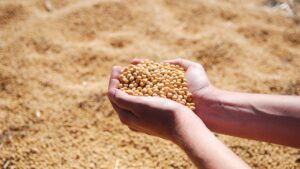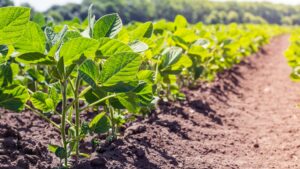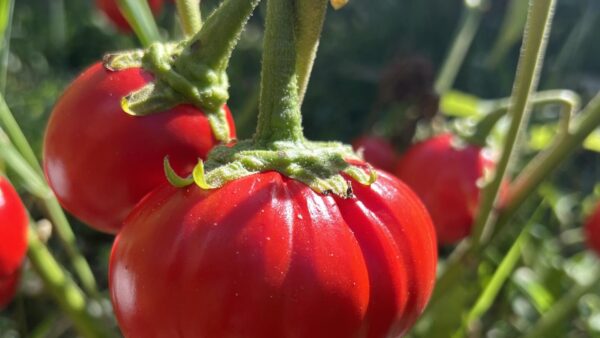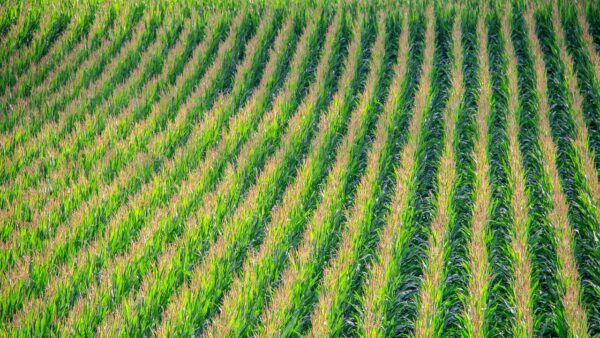Iowa State University and the Iowa Soybean Association have teamed up to develop a new, web-based resource as an easy-to-use portal where producers can find the results of hundreds of on-farm research trials conducted by the association’s On-Farm Network.
The Interactive Summaries of On-Farm Strip Trials, or ISOFAST, makes data mining easy for farmers, researchers and others interested in accessing detailed information from the organization’s independent tests of products and practices.
“This tool is exciting for its potential as a framework to collect, analyze and present lots of high-quality data in a way we think will be coherent and meaningful for decision-making,” says Fernando Miguez, associate professor of agronomy at Iowa State, with expertise in crop modeling and data analysis tools.
Miguez and agronomy graduate student Anabelle Laurent spent much of the last three years working on ISOFAST with Peter Kyveryga, Iowa Soybean Association director of analytics and affiliate assistant professor of agronomy at Iowa State, and Suzanne Fey, Iowa Soybean Association data analyst.
“This project is a great example of scientists from Iowa State University and the Iowa Soybean Association working together, with support from both organizations, to develop and deliver research-based information and tools to help Iowa soybean farmers be more productive and profitable,” says Greg Tylka, director of the Iowa Soybean Research Center and a professor of plant pathology and microbiology at Iowa State. The center provided funding to help launch ISOFAST.
The tool provides results of research on plant nutrition, disease management, weed and pest control products and crop management practices, such as plant population tillage or row spacing. It also allows interactive economic analyses using cost and price inputs provided by users.
The idea for ISOFAST originated several years ago, said Kyveryga. ISA had been collecting trial data for about 15 years and had a large database of individual trial reports. “But we realized that the information was not that easy to find and lacked summary information for different categories,” he says. “We started looking at how to best analyze and summarize the information to make it more useful to both farmers and researchers. Our farmers were very interested and wanted the information online.”
The beta test for ISOFAST rolled out last winter at Iowa Soybean Association farm research tour meetings and the tool continues to be refined for speed and accessibility, says Kyveryga. “This is a dynamic tool that will be added to as more trials are conducted and processed by ISA.”
Initially, ISOFAST includes results from 19 different soybean trial categories. It also includes a smaller number of on-farm data sets for corn. “Soybean checkoff funds are not spent for work on corn, but we have had other sources of support for the on-farm corn research. Nearly all our soybean farmers also grow corn, so there is a strong interest.”
ISOFAST summarizes historical data from on-farm replicated strip trials, showing locations by county. The tool provides study rationale, field management specifics, key scouting and soil and tissue observations, weather data and more. Viewers can create their own tailored reports. Options include dynamic graphics that visually communicate statistical summaries of trial results, comparing treatment yield differences within and across trials.
Farmers are likely to be especially interested in an economic analysis feature that allows them to enter product or practice application costs and different grain prices, said Kyveryga. “This allows them to calculate a break-even yield response and see the probable cost-effectiveness of an application or treatment.”












